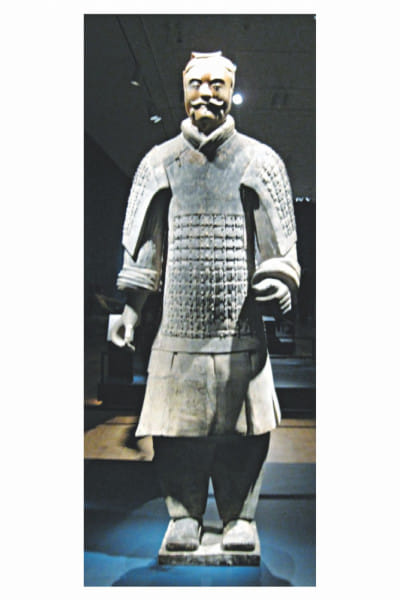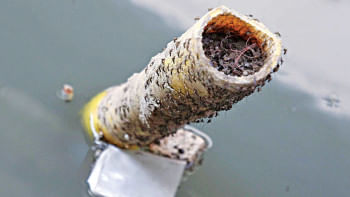Terracotta Army: Legacy of the first emperor of China

One of the 20th century's greatest archeological finds were the underground army of nearly 8,000 life-size terracotta figures, which were found near the burial site of the first emperor of China, Qin Shi Huang (221-210 BC).
The emperor was born Ying Zheng, after he came to power at the age of 13, soon he declared himself as the first emperor of Qin state. The most important achievement under Qin Shi Huang is the unification of China, which ended the Warring States period. The emperor declared standardised units of measurements and currency, and brought legal changes to the state.
The First emperor's quest for immortality led him to build an underground court-yard style palace complex for his tomb and an army of over 8,000 terracotta warriors, including chariots, cavalry, a commander-in-chief, and assorted birds and animals to serve him in eternity. The Mausoleum of the First Qin Emperor took 38 years to build and located in Xi'an, Shaanxi province of China. The tomb remains undisturbed; its contents are a mystery.

The Qin dynasty collapsed in 206 BC, a few years after the emperor's death, but Qin culture and influence shaped succeeding dynasty systems for the next 2,000 years.
The main attraction of the exhibition is the room full of terracotta warriors with different shapes and sizes. Each one is the example of the best craftsmanship. The warriors' heads feature a number of different hairstyles and facial characteristics. Each warrior's uniform is minutely designed with keeping in mind the rank and the status. The warriors are separated from one another and standing side by side guarding the emperor.
There are other items on display, but none of them comes close to the terracotta warriors. The chariot with terracotta horses is a beautiful piece and does not look like buried in the underground to guard the emperor's tomb for centuries.
Each piece has its unique style; it is unbelievable how all remain intact in one piece. The whole palace courtyard was found buried underground, warriors and horses were found guarding their emperor for centuries.
The Mausoleum of the First Qin Emperor is a UNESCO heritage site.
The excavation work is still on-going on. One day, the rest of the terracotta warriors will see the light of the day after centuries of darkness.
Photographs by Aeman T Rasul





Comments